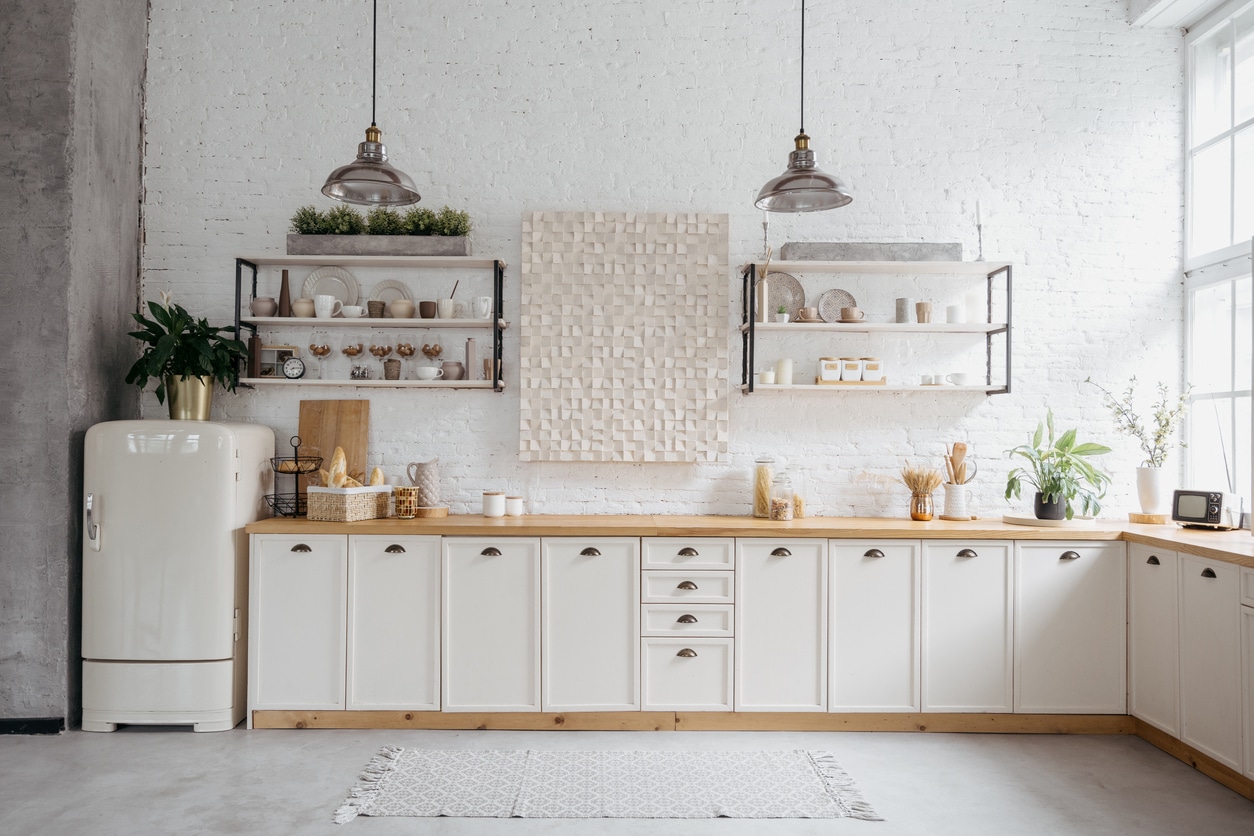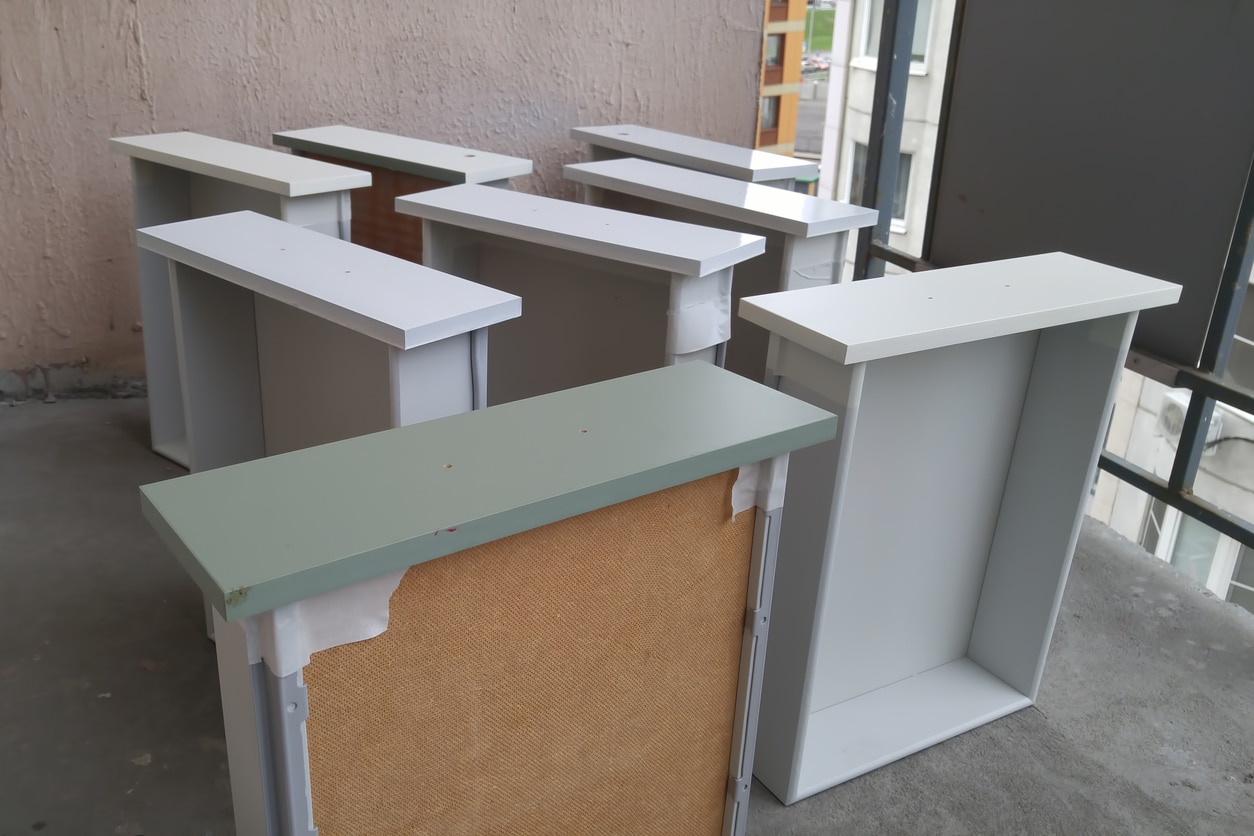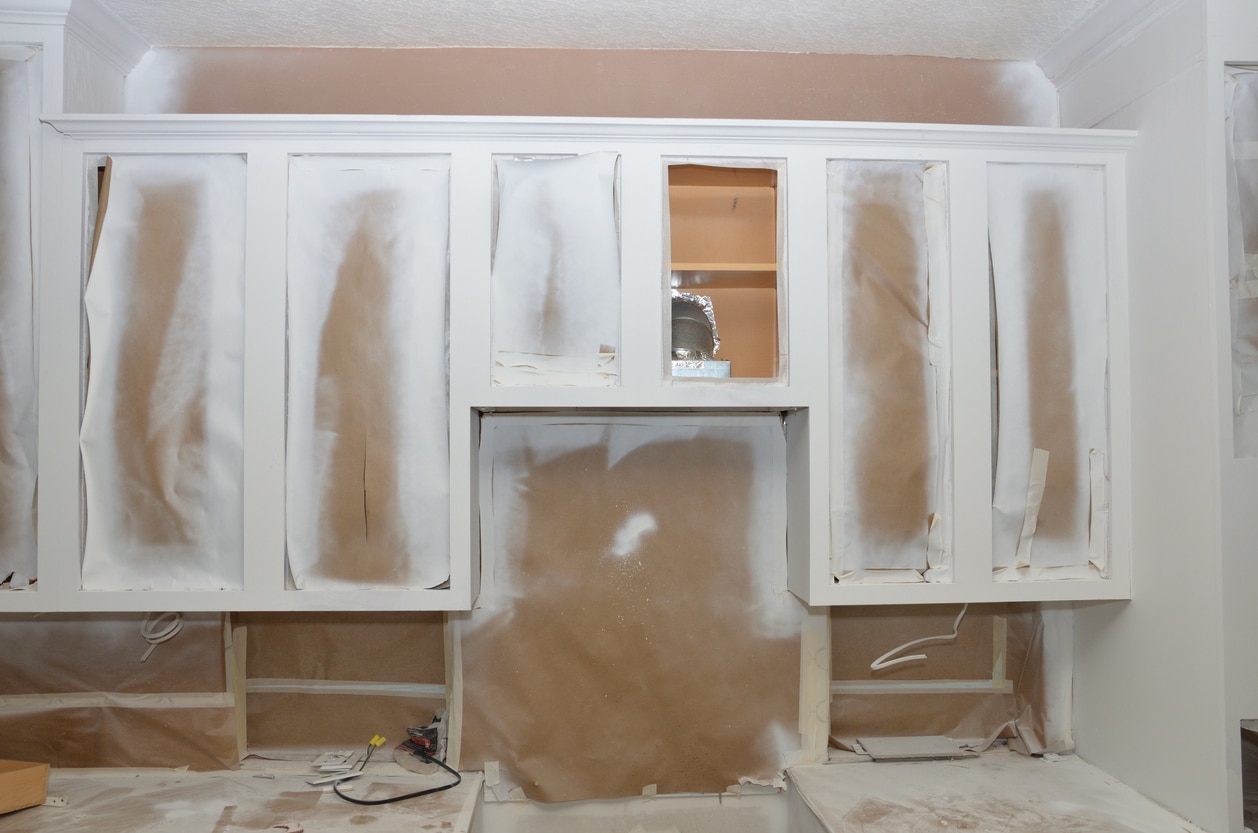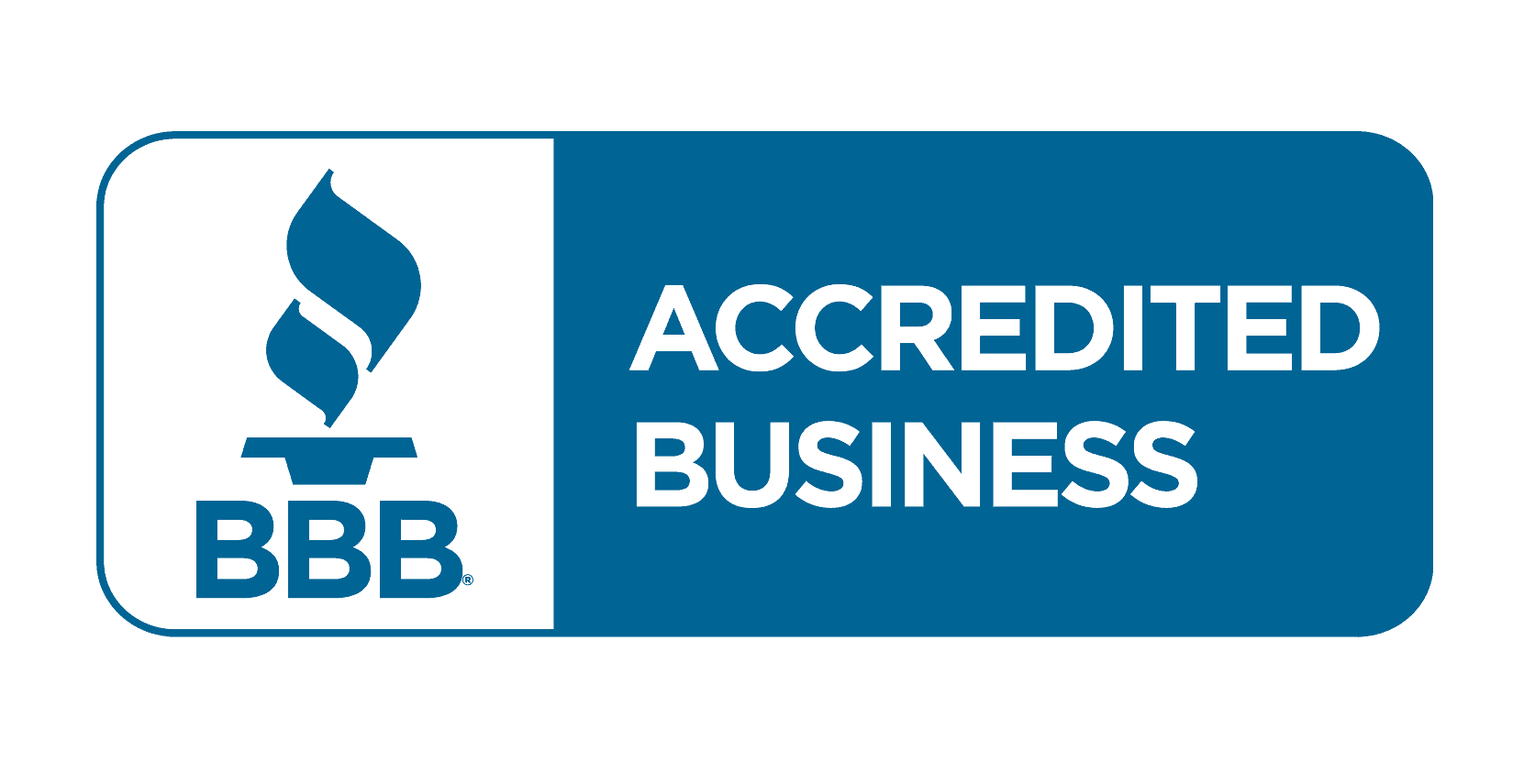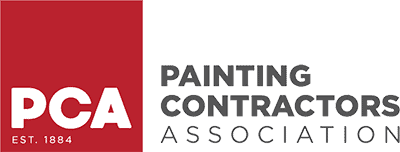When considering a cabinet painting, the choice between spray painting vs brush painting cabinets can make all the difference in achieving a smooth and professional finish. As a homeowner, you may wonder which method offers the best results for your cabinetry, especially when looking for a cabinet painter in Franklin, TN. Understanding both techniques will help you make the right decision for your project. Let’s dive into the benefits and challenges of each method to guide you toward the best choice for your home.
Key Takeaways:
- Brush painting allows for detailed precision, great for intricate cabinet designs.
- Spray painting provides a faster, smoother finish, ideal for larger surfaces.
- Equipment costs, preparation needs, and skill level vary significantly between the two.
- Your budget and the look you want are important in deciding which method to choose.
Understanding Spray Painting vs Brush Painting Cabinets
Both spray painting vs brush painting cabinets offer their own set of advantages when doing cabinet painting, but the choice depends on your specific needs. Brush painting involves applying paint with a traditional brush, giving more control over the application. On the other hand, spray painting uses a spray nozzle for even, fast coverage. Let’s break down the details of each approach.
The Benefits of Brush Painting Cabinets
Brush painting offers control and precision, making it perfect for detailed cabinet designs. For example, if you’re working with intricate wood surfaces or need to highlight certain areas, brush painting gives you the accuracy needed. It’s also a great option for those who prefer working with oil-based paints or other traditional finishes.
Achieving Fine Detail with Brushes
One of the main advantages of brush painting is the ability to reach tight corners and small areas with ease. This makes it ideal for cabinet doors with grooves, edges, and detailed carvings. Using high-quality brushes and complementary tools like sandpaper ensures that you achieve an even finish. This method is particularly useful when working on kitchen or bathroom cabinets, where precision is key.
Cost Savings with Brush Application
Opting for brush painting can be cost-effective, especially when tackling small cabinet projects. Because brushes allow for precise application, they typically use less paint, minimizing waste. Additionally, brushes don’t create the overspray mess that is often associated with spray painting. This reduces the need for masking tape, drop cloths, and cleanup time, saving both effort and money.
| Aspect | Brush Painting | Spray Painting |
|---|---|---|
| Cost of Materials | Lower due to less paint waste | Higher due to overspray waste |
| Dry Time | Varies based on product | Shorter but requires cleanup |
| Cleanup | Easier with brushes | Complex sprayer maintenance |
While brush painting is great for detailed work, spray painting is all about speed and efficiency. Spray painting offers a quick application over larger surfaces, such as cabinet doors or the exterior of kitchen islands. For homeowners looking to complete a renovation on a tight schedule, spray painting is often the go-to method.
Benefits of Spray Painting Cabinets
Spray painting gives cabinets a flawless, even finish that can be difficult to achieve with a brush. This technique works particularly well on smooth surfaces, and its consistency makes it ideal for larger cabinetry projects. Whether you’re renovating a large kitchen or updating bathroom vanities, spray painting can save time while providing a professional, polished look.
Achieving a Smooth Finish with Spray Painting
Spray painting ensures there are no visible brush strokes on the surface, leading to a sleek and uniform appearance. For larger cabinets or intricate designs, this method can deliver a more professional look than brush painting. Plus, it allows for quick, even coverage that makes the entire project faster and more efficient.
Speeding Up Your Cabinet Painting Process
Spray painting cuts down on project time significantly compared to brush painting. If you’re tackling a big renovation, the ability to cover large areas quickly makes this method ideal. However, keep in mind that spray painting requires thorough preparation, as you’ll need to cover surrounding areas to avoid overspray.
| Aspect | Brush Painting | Spray Painting |
|---|---|---|
| Time Efficiency | Longer due to precision work | Faster, ideal for large spaces |
| Even Coverage | Potential for brush strokes | Consistent finish, no strokes |
| Application Process | Careful, slow strokes | Quick, even spray |
Challenges of Brush Painting Cabinets
While brush painting is excellent for detailed work, it also comes with some drawbacks. Visible brush strokes and a slower application process can hinder progress, especially for larger cabinet projects. Here’s what you need to consider.
Visible Brush Strokes and Surface Limitations
One of the common issues with brush painting is the risk of visible brush strokes, which can affect the final look. These strokes are more likely to occur when applying multiple coats of paint. To avoid this, it’s crucial to use thin layers and allow proper drying time between applications.
Time-Consuming Application Process
Brush painting can take much longer than spray painting, especially if you’re covering large surfaces. The detailed nature of the work requires patience and attention to ensure even coverage. If you’re under a time crunch, this method may not be the best choice for your project.
Challenges of Spray Painting Cabinets
Spray painting also presents its own set of challenges. These include equipment costs, extensive preparation, and the need for proper safety measures. If you’re not familiar with using spray equipment, it can be overwhelming to get the hang of it.
Equipment and Preparation Requirements
Spray painting requires specialized equipment, such as a spray gun and compressor, which can add to the overall cost of your project. In addition, extensive preparation is necessary to protect nearby surfaces from overspray. Masking off areas and covering floors can take significant time and effort.
Safety Precautions for Spray Painting
Another consideration is safety. Spray painting can release harmful fumes, so it’s important to wear protective gear and work in a well-ventilated area. If you’re tackling this job yourself, make sure you have the right equipment to protect yourself during the process.
Which is Best for You: Spray Painting or Brush Painting?
Choosing between spray painting vs brush painting cabinets ultimately comes down to your specific project needs, skill level, and budget. Here’s a quick rundown to help you decide.
- For small, detailed projects or when precision is a priority, brush painting is the way to go.
- For larger projects where speed and an even finish are important, spray painting is more efficient.
Consider what you value most—control and precision, or speed and smoothness. Either way, you can achieve great results with the right approach.
Roberto’s Painting INC. Has You Covered
When it comes to choosing between spray painting vs brush painting cabinets, there’s no one-size-fits-all solution. Brush painting offers greater precision, while spray painting delivers faster results and a smoother finish of your cabinet painting project. At Roberto’s Painting INC., we specialize in both techniques to ensure your cabinet painting look stunning, no matter the method.
For homeowners in Franklin, Brentwood, Nashville, and surrounding areas, our team of expert cabinet painters is ready to help. Contact us today at 615-505-4226 for a FREE estimate and let us transform your kitchen or bathroom cabinets with a finish that lasts!

